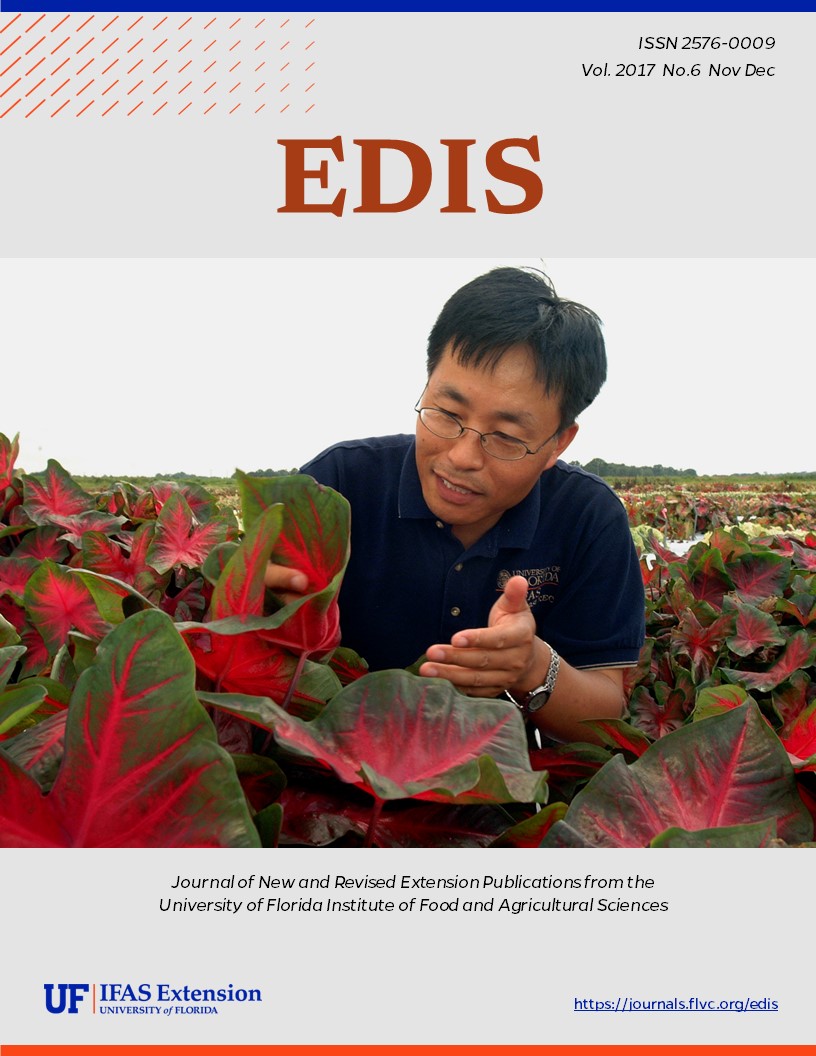Abstract
Peaches are among the most commonly produced fruits in the United States, with production levels around 806,600 tons (United States Department of Agriculture, 2016). That’s the weight of seven jumbo jets. New cultivars have been developed in recent decades to allow for the fruit to be grown in Florida (United States Department of Agriculture, 2010). While peach production has increased in Florida, overall consumer demand has not increased at the same rate (Bradley & House, 2017). For the Florida peach industry to remain viable, producers and marketers must understand what consumers value and desire when purchasing peaches. Understanding consumer awareness, perceptions, and preferences regarding Florida peaches is important to the future of the industry. If consumer demand for Florida peaches improves, the opportunities for growers to market their Florida peach crop will also improve.
This document addresses consumers’ perceptions of Florida’s peaches, purchasing motivations and barriers, preferred packaging options and opportunities, purchasing locations, and knowledge of peach health benefits. Recommendations for peach growers and marketers are provided at the end of this document.
Unless otherwise specified, articles published in the EDIS journal after January 1, 2024 are licensed under a Creative Commons Attribution-NonCommercial-NoDerivs 4.0 International (CC BY-NC-ND 4.0) license.

